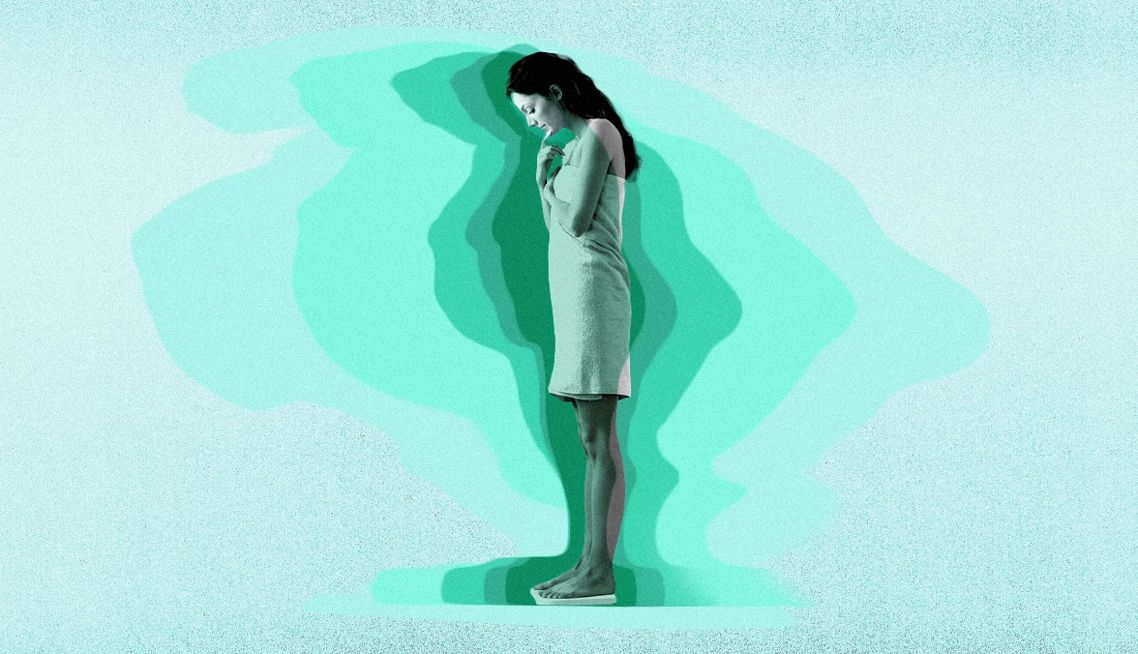AARP Hearing Center


This quiz was created with the assistance of generative AI. It was reviewed by editors before publication.


This quiz was created with the assistance of generative AI. It was reviewed by editors before publication.
ARTICLE CONTINUES AFTER ADVERTISEMENT
You have unanswered questions. Please go back and complete those questions to finish the quiz.
ARTICLE CONTINUES AFTER ADVERTISEMENT
More From AARP
15 Surprising Fall Risks
Everything from medications to health conditions can make you more likely to fall
How Older Adults Can Survive the Quad-emic
Lower your risk of illness amid the convergence of COVID, flu, RSV and norovirus
Why Age and Alcohol Don't Mix
Plus, a look at the latest research and health warnings As we get older, our bodies become more sensitive to the effects of drinking alcohol. Learn about some serious health risks for older adults.